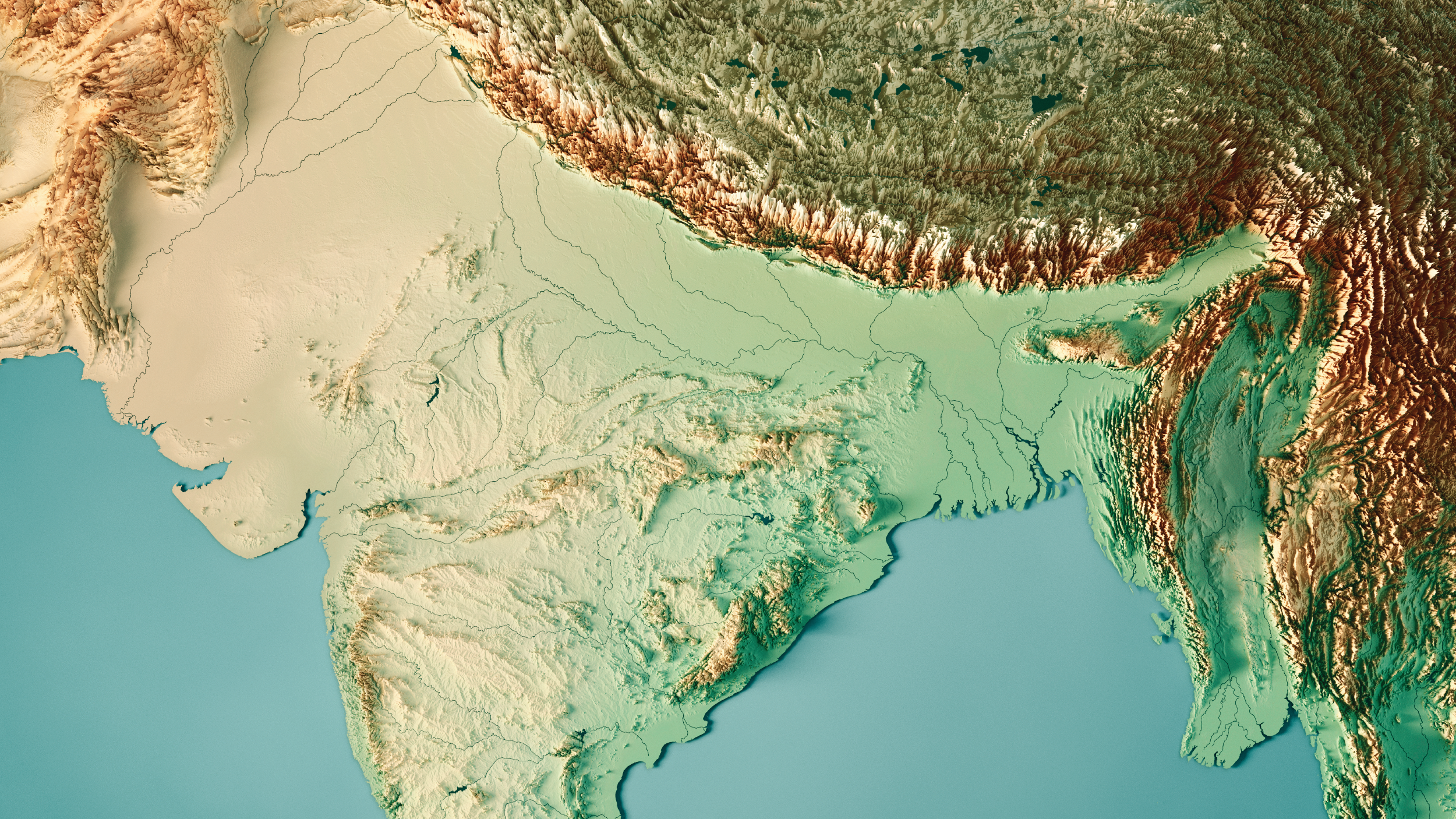 Search
Search
 Search
Search

April 2024
The scarcity of regional technical and knowledge databases makes Bangladesh one of the most under-evaluated hydrocarbon provinces in the world. Over the past fifty years, the intensity of drilling in Bangladesh has been low when compared with its neighbors, affecting the country’s total petroleum reserves. The decline in domestic production has not been able to keep pace with yearly increases in domestic energy demand, making the country a net gas importer today. The overlooked Bay of Bengal might get a breath of new life after the announcement of the 2024 Bangladesh offshore bid round, the first since 2012.
The Bengal Fan is the world’s largest deep-water fan. Bangladesh has proven petroleum systems in the country and analogues for potential success in the neighboring basins. However, there are potentially many risks associated with the petroleum systems of Bangladesh, mainly the nature of the source rocks, the timing of hydrocarbon generation in relation to trap formation, and limited offshore data. In this edition, we discuss how all this can be used to help evaluate the hydrocarbon potential within a standardized regional geological framework, Neftex®.
The petroleum sector has the potential to play a role in driving the economic development of Bangladesh, but it will require efficient evaluation of the opportunities and challenges. Previously, the sector has contributed significantly to its energy security and revenue, but Bangladesh has faced challenges in attracting bidders to its previous licensing rounds, with the country now relying on coal and petroleum imports to meet its growing energy needs. However, the potential for untapped domestic resources could be viewed as advantaged hydrocarbons, being mainly gas, which could directly aid the local energy market and offset the use of coal. This can also aid in transitional time for the initiation of more renewable and regional interconnector energy projects.
